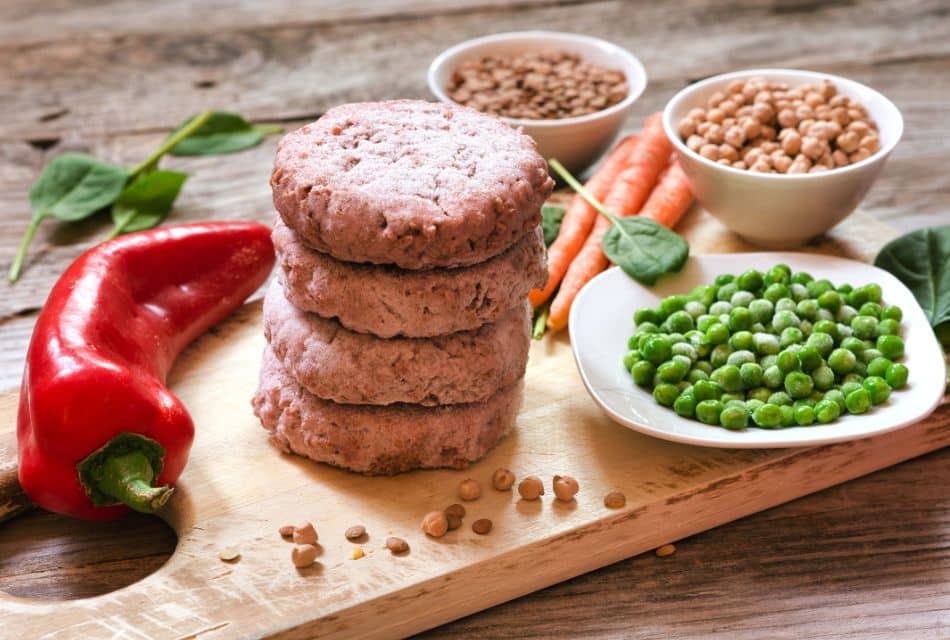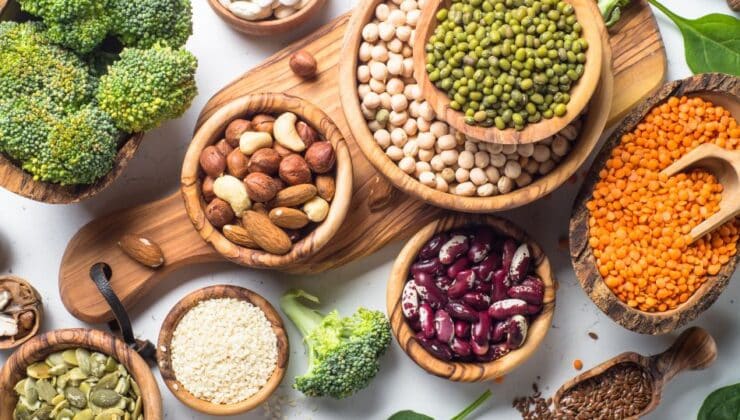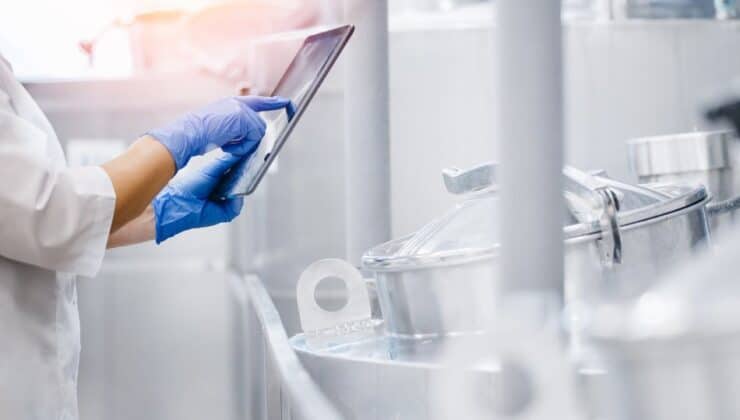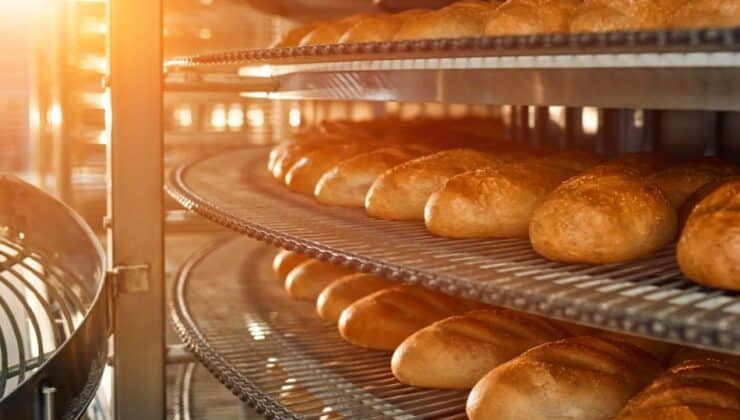Extrusion is a technique that, when applied to plant-based feed, transforms vegetable raw materials into products that have the appearance, taste and organoleptic qualities of animal protein.
The development of new food lines is a major challenge for almost all companies in the food industry.
The development of new food lines adapted to the current demand for healthy and sustainable diets is a challenge that not all companies can take on.
Because these processes of developing new food lines require powerful and experienced R&D&I departments in which to apply specific techniques, such as texturisation and extrusion, to improve the nutritional quality, texture and flavour of foods and, why not, their appearance to make them more desirable.
Extrusion is the process that companies such as Molendum Ingredients, a subsidiary of the Dacsa Group, uses to offer the food industry exclusive solutions adapted to the demands of the market, using top quality raw materials at source.
Solutions such as its texturised vegetable pea protein Pésol Pea, produced following a specific extrusion line that makes it the most versatile vegetable protein on the market, both dry PVT and wet PVTH. The perfect protein for the production of meat analogues.
Extrusion is carried out with a machine called an extruder in which the native protein is subjected to various processes using two key variables: thermal and mechanical energy, so that vegetable proteins such as pea or soya, cooked at high temperatures, are subjected to specific shear forces depending on the result to be obtained.
In the case of a low-moisture texturising process, extrusion will produce slightly expanded products with a moisture content of between 6-9 %, which must be suitably hydrated afterwards to obtain a final product similar to meat.
The products are dry expanded products with a fibrous and spongy texture available in different shapes, textures and particle sizes.
PVT extrusion processes are used for the production of vegetable products, free of animal protein, such as Pellets, Chips, Mince, Flakes, Steaklets or Chunks, which are used for the production of mincemeat, pasta and pie fillings or hamburgers, among others.
If, on the other hand, the texturising process is high humidity, the hydrated ingredients will flow into a cooling mould to prevent expansion. During this phase, structure formation takes place as a result of laminar shear flow resulting in more fibrous, non-expanded texturised products that allow direct use with different shapes and cuts and require refrigerated storage.
Products with a protein content of more than 30 % and a moisture content, at the exit of the extrusion process, of between 50 and 60 %, which are used, depending on the cut, for
the production of meat analogues such as nuggets; diced meat for sautéing; pulled meat, thick or thin, for stews, etc.





